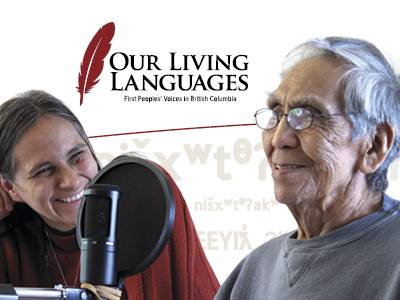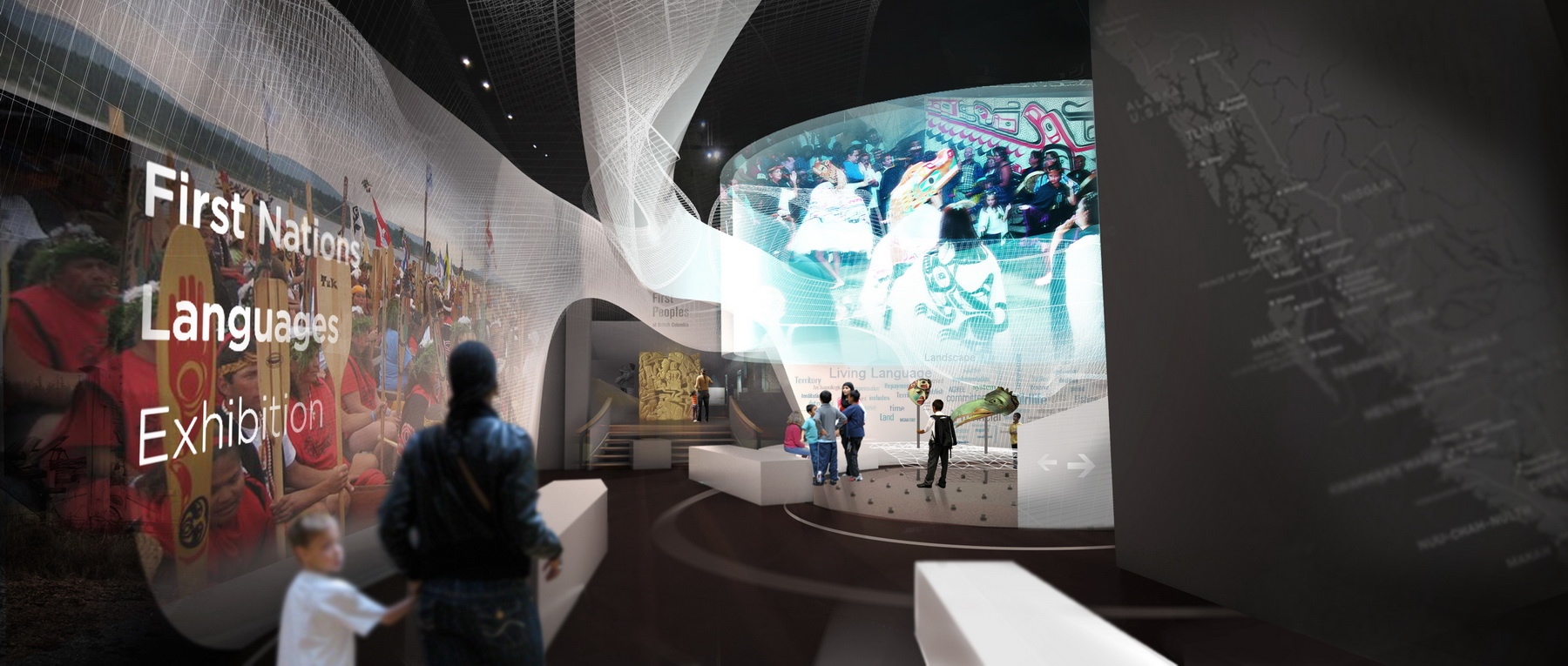The Challenge
Our Living Languages marked the first time that the Royal BC Museum had collaborated with an outside organization as an equal partner. As a result, communications materials—everything from news releases to print and online collateral—had to reflect the partnership. This was a new approach to communications delivery for the Royal BC Museum and created an inherent challenge because it necessitated a joint-approach to decision-making.
A second communications challenge was posed by the exhibition’s content and theme. Many people, both resident in BC and visitors, are unaware of the diversity and richness of Aboriginal languages. Further, languages are difficult to showcase in a visual way. The concern was that the theme was so specialized that it would not draw in visitors in the way that some of the more heavily attended exhibitions, like dinosaurs, did.
Approach
To ensure a collaborative approach to communications planning, we held a series of facilitated planning meetings where both partners provided input and guidance. Time was also built into a communications schedule for both parties to review and comment on all draft communications materials. Spokespeople were appointed from both the museum and FPCC for all media inquiries and key messages were developed that encompassed both groups’ perspectives. A launch event was carefully planned and included a full program with presentations from museum officials, representatives of the Indigenous language community and government. Particular attention was paid to ensuring that the First Nations cultures and traditions were respectfully represented.
In order to optimize attendance to the exhibition, a targeted approach was taken to communications. In addition to the outreach that the museum normally does for exhibitions, invitation letters were sent to key audiences such as First Nations organizations and media.

Outcomes
Together, the Royal BC Museum and FPCC successfully navigated a joint partnership, and related outreach strategy, that set a new precedent for both organizations. An estimated 250 people attended the launch event, which had standing room only. Media coverage was extensive, both locally and nationally and public feedback collected at the exhibition has been overwhelmingly positive. Since opening day, thousands of people have viewed the exhibition. Thanks to its positive reception, the exhibition, which was originally intended to have a 3-year lifespan, is now a permanent feature at the museum.


